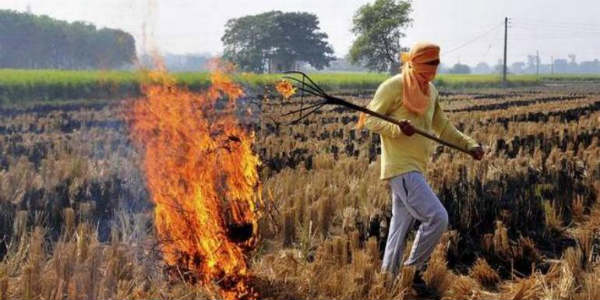
Stubble burning has been a major environmental challenge and has been causing major issues all throughout. Not only has stubble burning in Haryana caused massive hike in pollution levels, but it has also resulted in respiratory illnesses among people and economic loss worth of a whopping $30 billion which is Rs.210,000 crore. This amount is at least thrice the health budget of centre.
As per scientists, if stubble burning does not take place, several millions of acute respiratory illnesses would be curbed which would furthermore save economic losses of whopping $152 billion in the next half a decade.
Scientists along with International Food Policy Research Institute (IFPRI) have come up with a study which has been evaluating the economic as well as health costs of stubble burning, which shows that people living in regions where stubble burning takes place are three times at risk of getting respiratory diseases.
The findings have been published in the International Journal of Epidemiology, wherein it states not only stubble burning but smoke from firecrackers, and vehicles have also been causing respiratory diseases.
Air Pollution caused due to firecrackers causes economic losses of about Rs 50,000 crore in one year while the budget for health and family welfare of the Centre for 2019-20 is just Rs 61,398 crore.
The economic losses which are an estimation are inclusive of the costs of diagnostic tests, doctors’ fees, medicines along with economic productivity loss which comes from people not being able to work when they aren’t well.
Researchers have examined health data of the district level which includes 250,000 people living in both urban and rural areas. They have also included usage of satellite data on stubble burning to examine the health effects over people living in areas close to stubble burning.
Study has been able to identify that respiratory illnesses among people increased when stubble burning saw a rise. People who saw over 100 fires a day were three times higher at the risk of being subject to respiratory illnesses. The highest risk is for children below the age of five years.
Image Credit: India Today


